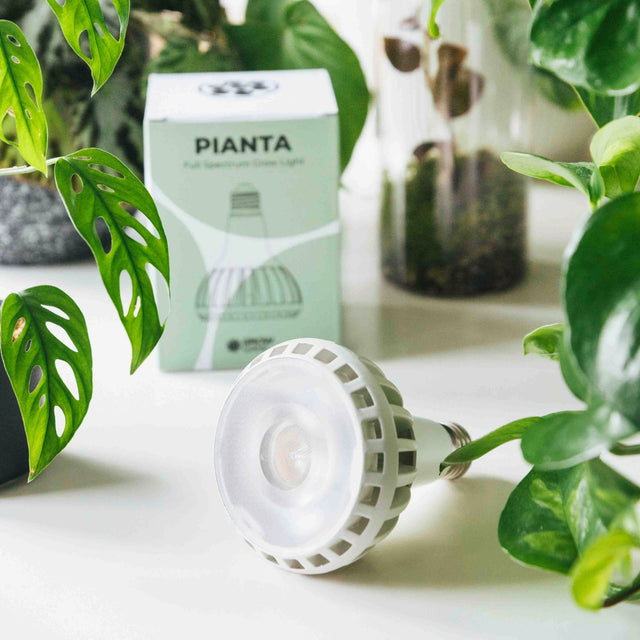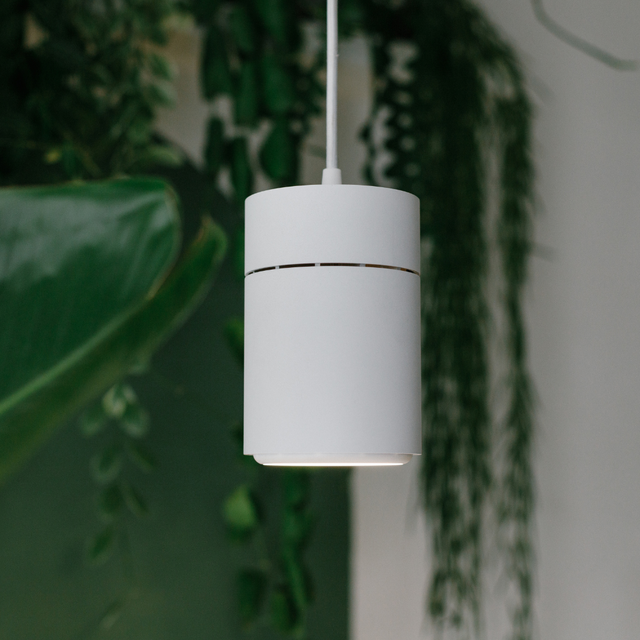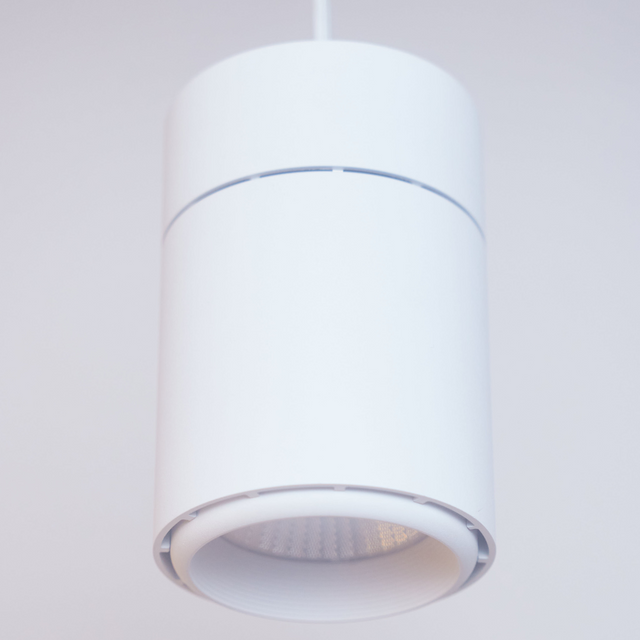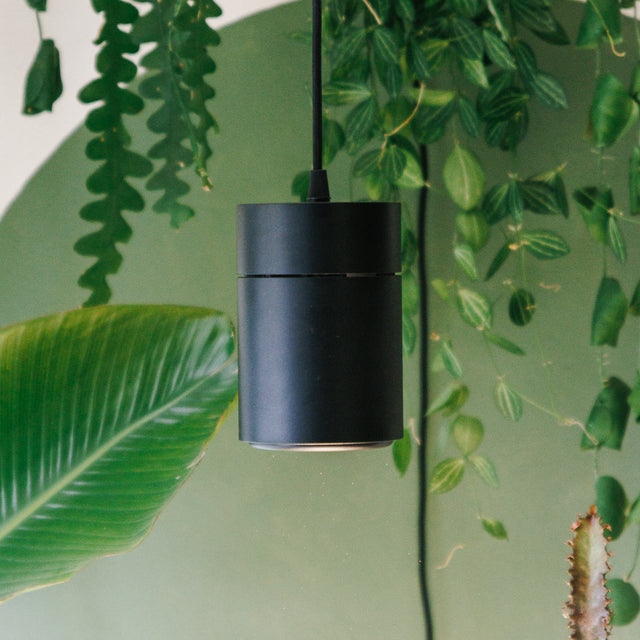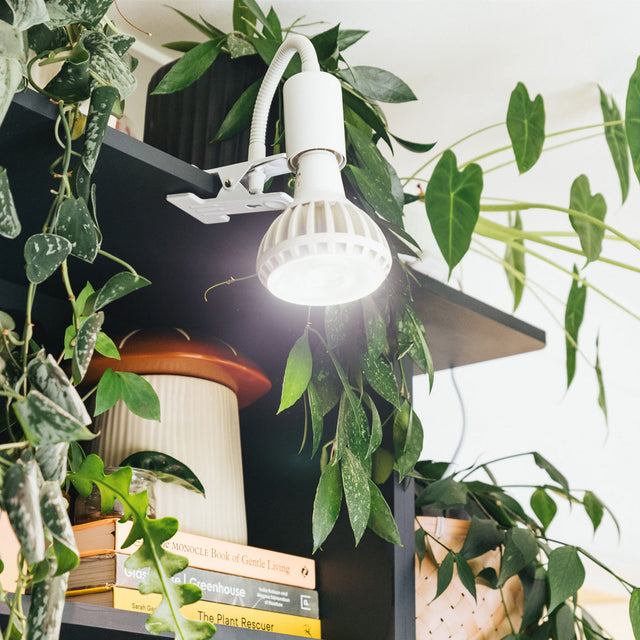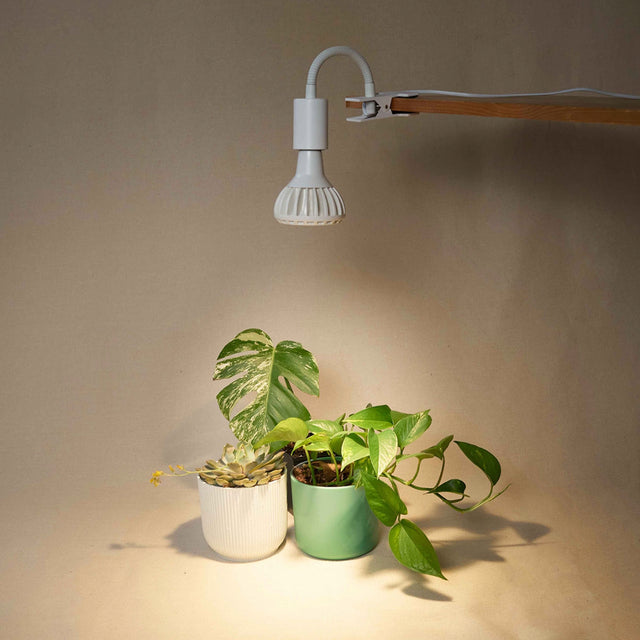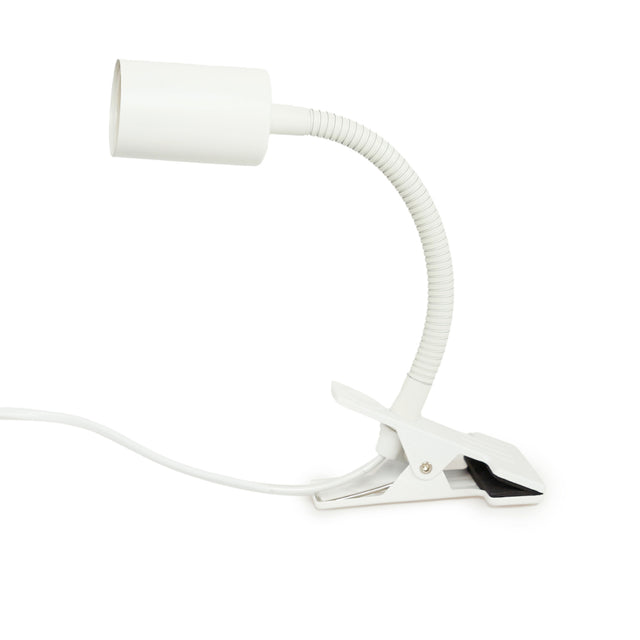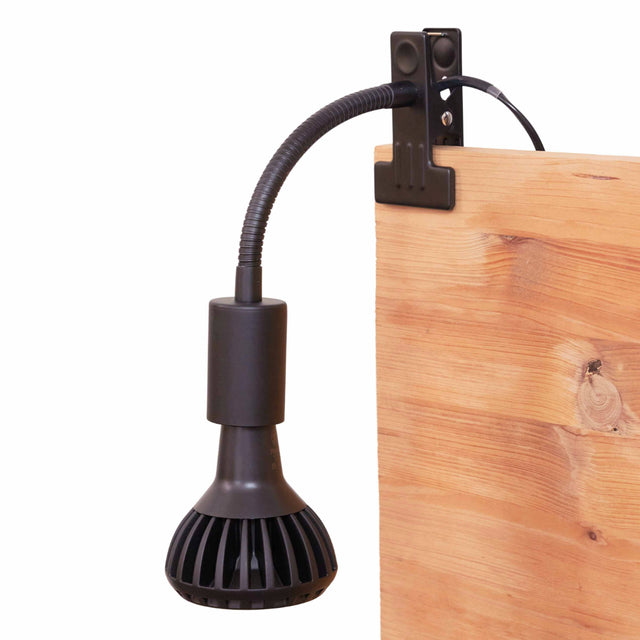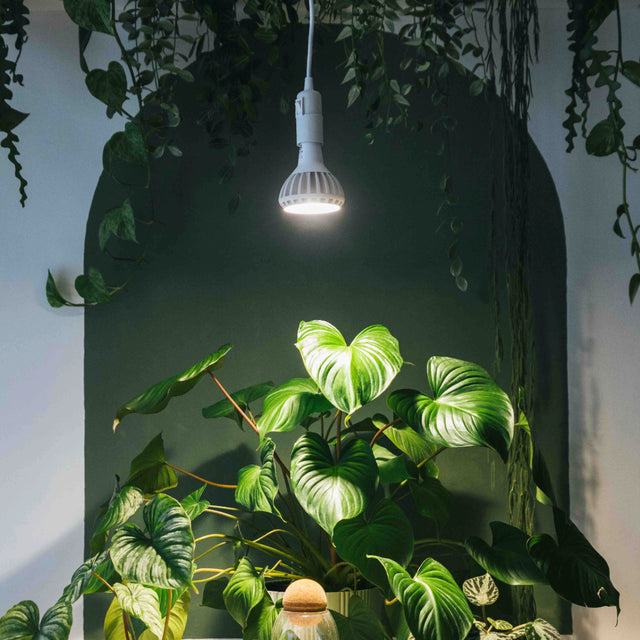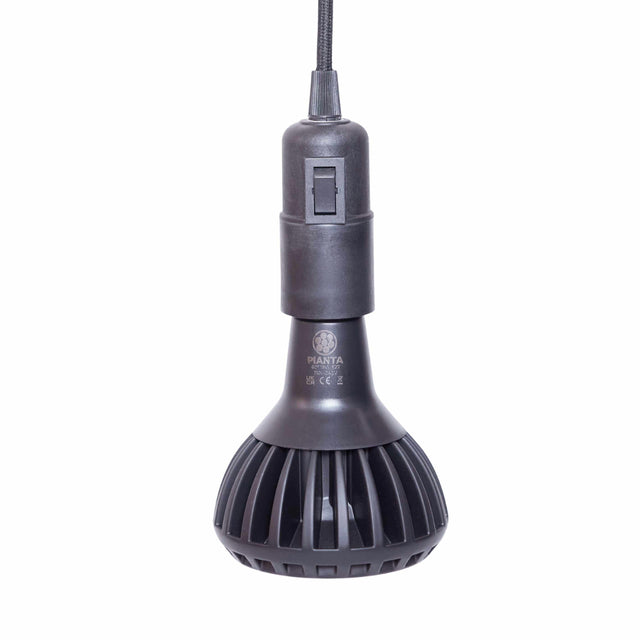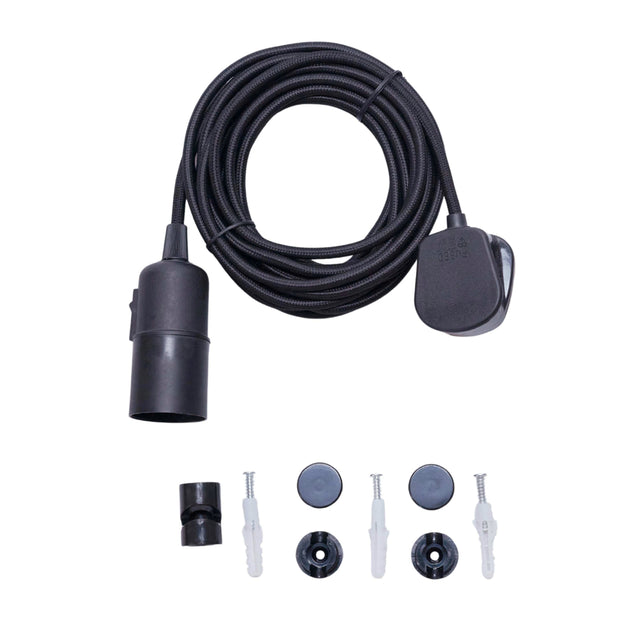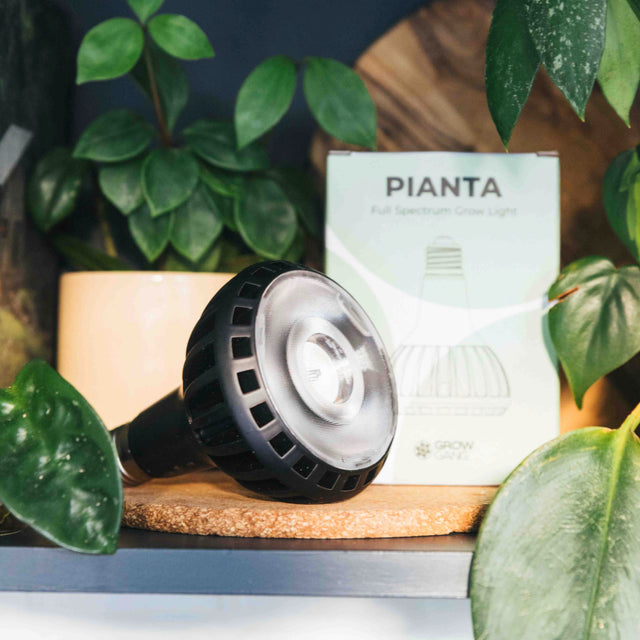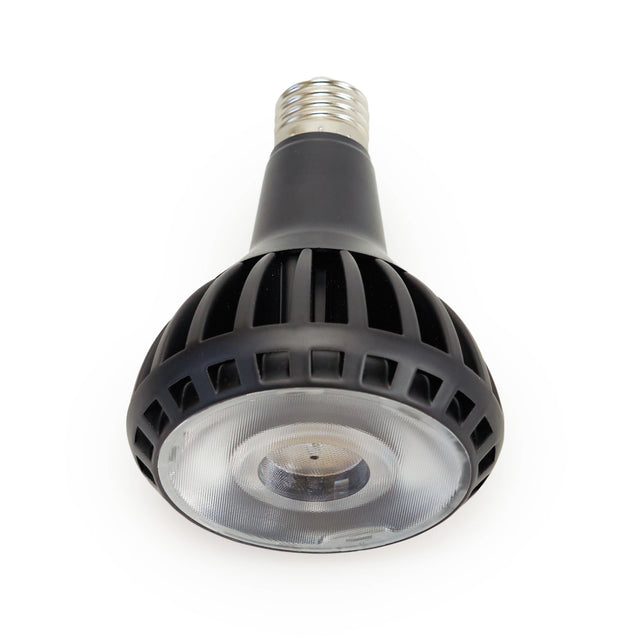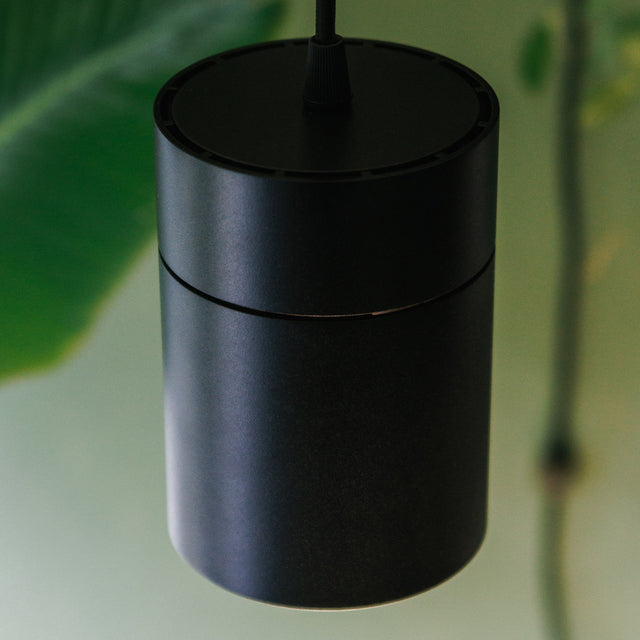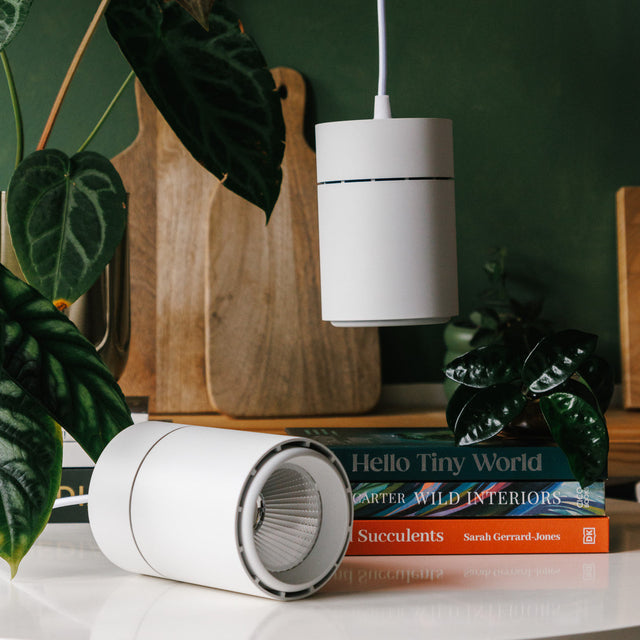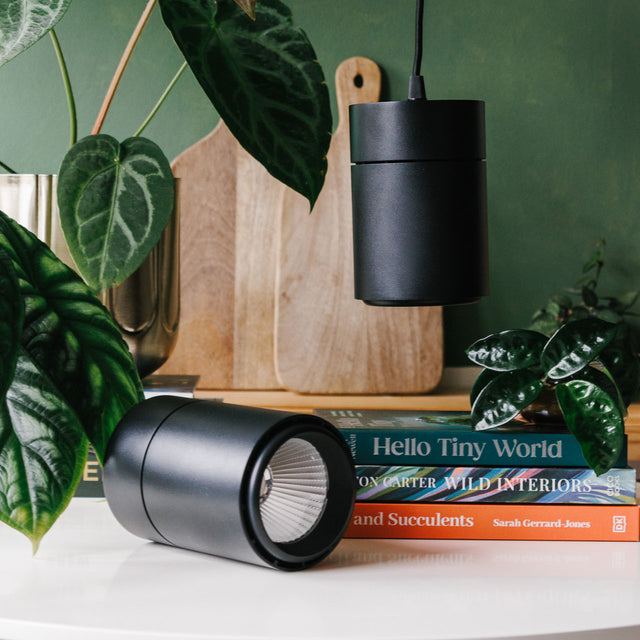
🔬Scientific name: Saxifraga stolonifera (Family: Begoniaceae)
🌍 Origin: Originates from East Asia, specifically regions of western China, Japan and Korea. Strawberry Begonia is often found on shady cliffs and mossy rocks at low altitudes.
The plant thrives in cool, humid conditions, which is why it does so well as a houseplant. Its ability to produce runners, similar to strawberry plants, helps it spread in the wild.
Lighting
Lighting requirement: Bright, indirect light
It thrives in filtered sunlight or partial shade. Too much direct sunlight can scorch its delicate leaves, causing them to turn brown and crispy, so it's best to keep it out of direct sunlight. A north- or east-facing window with sheer curtains is an ideal spot, providing the perfect balance of light without the risk of sun damage.
While it can survive in lower light conditions, it may grow slower and produce fewer runners. If kept in dim conditions, a grow light can be used for 10-12 hours a day to supplement natural light to help it thrive.
Watering:
Strawberry Begonia thrives in consistently moist but well-draining soil. Water when the top inch of soil feels dry. Avoid letting it dry out completely, but don’t let it stay soggy, as this can lead to root rot. During the growing season (spring and summer), your plant will need more water. In the cooler months (fall and winter), it’s okay to water a bit less as the plant’s growth slows down.
Humidity
Strawberry Begonia thrives in a humidity range of 40–60%. This is their comfort zone, where they flaunt their lush foliage and show off their happy, healthy selves. While it can tolerate average household humidity, providing extra moisture will keep its leaves lush and healthy.
To maintain proper humidity:
- Mist Occasionally – Light misting can help, but avoid excessive moisture on the leaves to prevent fungal issues.
- Use a Humidity Tray – Place the pot on a tray filled with pebbles and water to naturally boost humidity.
- Group with Other Plants – Keeping it near other humidity-loving plants creates a mini microclimate.
- Use a Humidifier – If your home is particularly dry, especially in winter, a small humidifier can make a big difference.
If humidity drops too low, the leaves may turn crispy or brown at the edges. Keeping the environment slightly humid will ensure your Strawberry Begonia thrives!
Fertiliser:
Strawberry Begonia flourishes with regular feeding, especially during its active growing season. A balanced, diluted liquid fertiliser works best, applied every 2–4 weeks in spring and summer. Organic options like compost tea or fish emulsion can also be used. In fall and winter, when growth slows, reduce feeding to once every 6–8 weeks or pause altogether. Be cautious of over-fertilising, as it can lead to leggy growth or root burn, causing yellowing leaves. It's best to keep it to the minimum until the middle of spring, so the flowers are encouraged to bloom.
Temperature:
For optimal growth, it’s best to keep your Strawberry Begonia in cool to moderate temperatures, ideally between 16–24°C. It prefers a stable environment and doesn’t tolerate extreme heat or cold well.
Avoid placing it near heaters, air conditioners, or drafty windows, as sudden temperature fluctuations can stress the plant. Make sure to protect it from the cold as temperatures below 10°C can cause damage, leading to wilting or slowed growth. If temperatures rise above 27°C, increase humidity and ensure proper airflow to prevent leaf scorch. By maintaining a consistent, mild temperature, your Strawberry Begonia will stay healthy and continue to thrive
Troubleshooting and Pests:
Like any houseplant, Strawberry Begonia can encounter some issues like yellowing leaves from overwatering, crispy edges from low humidity, and leggy growth from insufficient light. Keep temperatures above 60°F (16°C) and fertilize during the growing season to prevent slow growth. Common pests include spider mites, mealybugs, aphids, and fungus gnats, which can be controlled with neem oil, insecticidal soap, or improved airflow. Maintaining proper care and addressing issues early will keep your plant healthy and pest-free.
Height:
Strawberry Begonia is a compact, low-growing plant that typically reaches 10–20 cm in height. However, its trailing runners can extend much further, often spreading up to 30–45 cm. This makes it perfect for hanging baskets, terrariums, or as a ground cover in shaded gardens.
Is It Toxic To Pets?
No toxic compounds are present in Strawberry Begonia. It is safe for cats and dogs, making it a worry-free addition to a pet-friendly home.
However, while it won’t poison your furry friends, excessive nibbling could still cause mild stomach upset. Always practice caution, as individual pets may have unique sensitivities. To keep your plant looking its best, consider placing it out of reach if your pets love to chew on leaves.
